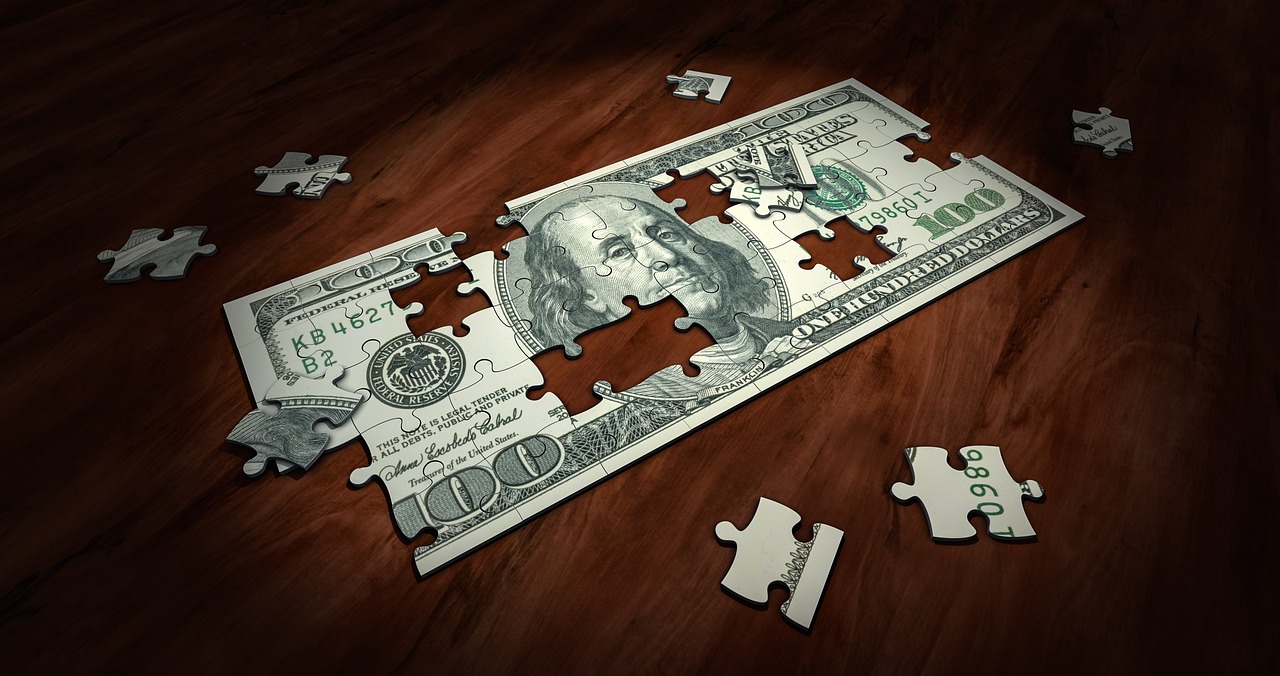
|

|
|
Mulvane Cooperative
Cash Bids
Market Data
News
Ag Commentary
Weather
Resources
|
Dollar Recovers as US Inflation Expectations Jump
The dollar index (DXY00) Friday rose by +0.19%. The dollar recovered from early losses on Friday and moved higher after the University of Michigan US May inflation expectations unexpectedly rose, a hawkish factor for Fed policy. Also, positive comments from Atlanta Fed President Bostic supported the dollar when he said he expects the US economy to slow this year but not fall into recession. The dollar on Friday initially moved lower from the weaker-than-expected US housing starts and building permits reports and from an unexpected decline in the University of Michigan US May consumer sentiment index to a 3-year low. Also, lower T-note yields Friday undercut the dollar. In addition, the strength in stocks Friday reduced liquidity demand for the dollar. US Apr housing starts rose +1.6% m/m to 1.361 million, weaker than expectations of 1.364 million. Also, Apr building permits, a proxy for future construction, fell -4.7% m/m to 1.412 million, weaker than the consensus of 1.450 million. The US Apr import price index ex-petroleum rose +0.4% m/m, stronger than expectations of +0.1% m/m and the biggest increase in a year. The University of Michigan US May consumer sentiment index unexpectedly fell -1.4 to a 3-year low of 50.8, weaker than expectations of an increase to 53.4. The University of Michigan US May 1-year inflation expectations jumped to a 43-year high of 7.3%, higher than expectations of no change at 6.5%. Also, the May 5-10-year inflation expectations rose to a 34-year high of 4.6%, higher than the expectations of no change at 4.4%. Atlanta Fed President Bostic said he expects the US economy to slow this year but not fall into recession, and he sees a "one rate cut this year" amid economic uncertainty and tariffs putting upward pressure on inflation. The markets are discounting the chances at 9% for a -25 bp rate cut after the June 17-18 FOMC meeting. EUR/USD (^EURUSD) Friday fell by -0.29%. The euro gave up an early advance on Friday and turned lower after the dollar recovered from early losses and moved higher. The euro on Friday initially moved higher based on hawkish comments from ECB Governing Council member Kazaks, who said ECB interest rate cuts are nearing their endpoint. ECB Governing Council member Kazaks said ECB interest rate cuts are nearing their endpoint as "we are relatively close to the terminal rate already" if the base case for inflation returning to 2% this year materializes." Swaps are discounting the chances at 91% for a -25 bp rate cut by the ECB at the June 5 policy meeting. USD/JPY (^USDJPY) Friday rose by +0.13%. The yen was under pressure Friday after Japan's Q1 GDP contracted more than expected. Also, dovish comments Friday from BOJ Board member Nakamura weighed on the yen when he warned against the BOJ rushing to raise interest rates. Losses in the yen were limited on Friday due to a decline in T-note yields. Also, Friday's upward revision to Japan's Mar industrial production supported the yen. Japan's Q1 GDP fell -0.7% (q/q annualized), weaker than expectations of -0.3%. The Q1 deflator rose +3.3% y/y, higher than expectations of +3.2% y/y. Japan Mar industrial production was revised upward to +0.2% m/m from the previously reported -1.1% m/m. BOJ Board member Nakamura warned against rushing to raise the benchmark interest rate as policymakers will need to closely monitor the impact of US tariffs on economic activity. June gold (GCM25) Friday closed down -39.40 (-1.22%), and July silver (SIN25) closed down -0.326 (-1.00%). Precious metals on Friday settled sharply lower. Reduced safe-haven demand for precious metals is weighing on prices as Ukraine and Russia begin direct talks to end the war for the first time in three years. Also, fund liquidation of long gold positions continues to weigh on prices due to the easing of US-China trade tensions after China and the US agreed to reduce tariffs on each other's goods this past weekend. Long gold positions in ETFs fell to a 5-week low on Thursday. In addition, Friday's stock rally has curbed safe-haven demand for precious metals. Precious metals recovered from their worst levels Friday after the University of Michigan US May inflation expectations unexpectedly increased, which boosted demand for precious metals as an inflation hedge. Also, lower global bond yields on Friday are a bullish factor for precious metals. In addition, geopolitical risks in the Middle East continue to support safe-haven demand for precious metals as the Israel attacks on Hamas targets in Gaza intensified and as Israel's airstrikes on Houthi rebels in Yemen continue. Silver prices were also under pressure Friday on signs of weakness in industrial metals demand after US Apr housing starts and building permits fell more than expected. Also, Japan's Q1 GDP contracted more than expected, a bearish factor for industry metals demand. On the date of publication, Rich Asplund did not have (either directly or indirectly) positions in any of the securities mentioned in this article. All information and data in this article is solely for informational purposes. For more information please view the Barchart Disclosure Policy here. |
|
|